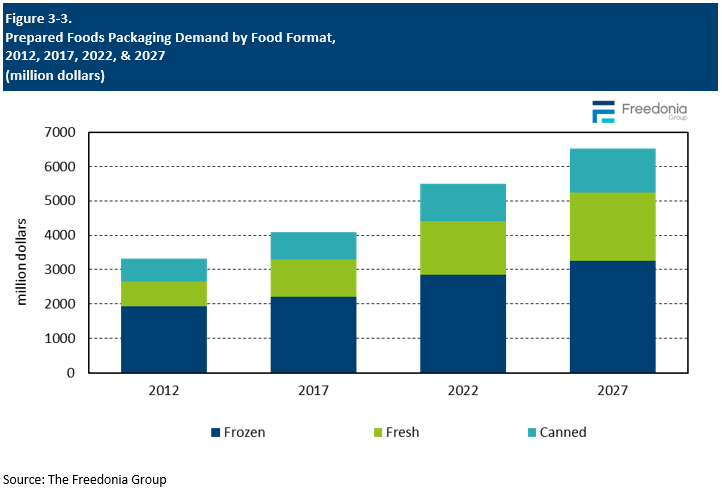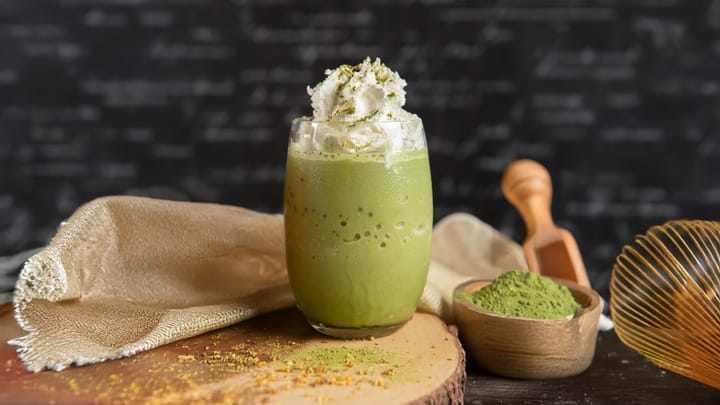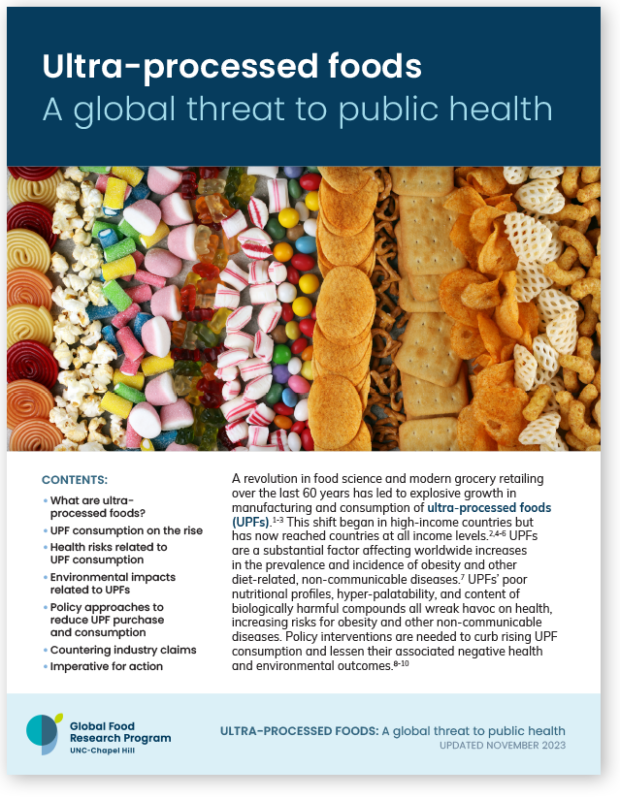Tea Pairing Pitfalls to Avoid

The Art of Tea Pairing: Why Compatibility Matters
Tea pairing is an intricate process that elevates the sensory experience, but it requires careful consideration of complementary flavors and textures. When done correctly, tea pairing can harmonize the delicate nuances of the tea with the accompaniment, creating a symphony of tastes. However, incompatible pairings can quickly turn this harmony into discord.
The Dangers of Incompatible Pairings
Incompatible pairings can overpower or clash with the delicate taste of tea, rendering its subtle flavors unnoticeable. This can be due to various factors such as contrasting flavor profiles, textures, or even aromas. For instance, pairing a delicate green tea with strongly flavored foods like garlic or onion can overwhelm the tea's subtle taste.
The Benefits of Mindful Pairing
Avoiding certain foods and selecting harmonious pairings can significantly elevate the tea-drinking experience. By doing so, the nuances of the tea become more pronounced, and its natural flavors are allowed to shine. Mindful pairing also encourages exploration and experimentation, leading to new discoveries and enhanced appreciation for the art of tea pairing.
Key Considerations for Harmonious Pairing
To achieve a harmonious tea pairing experience, consider the following:
- Balance flavors: Pair strong teas with robust foods and delicate teas with subtle accompaniments.
- Consider texture: Combine smooth teas with crunchy foods or velvety teas with soft accompaniments.
- Respect aroma: Pair teas with complementary aromas to avoid overpowering the senses.
By embracing the art of tea pairing and avoiding common pitfalls, tea enthusiasts can unlock a world of flavors and textures, transforming each sip into a delightful experience.
Bitter Battles: Foods That Clash with Tea
While tea pairing can be a wonderful adventure, there are some culinary foes that can sabotage the experience. Here are some bitter battles to avoid:
Spicy Foods: A Blazing Inferno
Spicy foods like curry or wasabi can overpower tea's subtle flavors with their overwhelming heat. The fiery passion of these dishes can leave tea tasting bland and insipid, a true flavor faux pas!
Sour Foods: A Clash of the Titans
Citrusy or vinegary flavors in foods like lemons or pickles can engage in a bitter battle with tea's own bitterness. This clash of the titans can result in a flavor profile that's more akin to a sour punch than a harmonious union.
Smelly Foods: The Aromatic Adversary
Strong-smelling foods like blue cheese or fish can dominate tea's delicate aroma, leaving it gasping for air. This aromatic adversary can turn what should be a soothing experience into a stinky stalemate.
Sweet Sabotage: Desserts to Avoid with Tea When pairing tea with desserts, the goal is to create harmony, not discord. However, certain sweet treats can sabotage the delicate flavor profile of your favorite tea. To avoid this, steer clear of the following desserts. Very Sweet Pastries or Chocolates Pastries loaded with sugar or rich, velvety chocolates can overwhelm the subtle nuances of tea. The cloying sweetness can linger on the palate, masking the tea's delicate flavor notes. This clash of flavors can make the tea taste bitter or astringent, rather than refreshing and smooth. Creamy Desserts Desserts with rich, creamy textures can coat the palate, making it challenging for the tea's flavors to shine through. Cheesecakes, crème brûlées, and heavy custard-based desserts fall into this category. The fatty acids and sugars in these desserts can temporarily dull the taste buds, rendering the tea's subtle flavors undetectable. Tips for Tea Pairing Success To avoid these pitfalls, consider the following general guidelines: Balance sweet desserts with robust, full-bodied teas. Pair delicate teas with lighter, less sweet desserts. Experiment with contrasting textures and flavors to create harmony. Consider the tea's flavor profile and origin when selecting a pairing. By being mindful of these potential pitfalls, you can create exquisite tea pairings that elevate both the dessert and the tea.
Savory Slip-Ups: Meat and Tea Pairing Mistakes
When it comes to pairing tea with savory dishes, there are several pitfalls to avoid. In this section, we'll explore common mistakes to steer clear of when combining meat and tea.
Strong-Tasting Meats: A Flavor Overload
Gamey meats like lamb or venison can overpower the delicate flavor of tea, rendering it tasteless. The robust flavor profiles of these meats dominate the palate, making it challenging for tea to leave a lasting impression. To avoid this, opt for lighter tea options like green tea or white tea, which won't compete with the bold flavors of the meat. Alternatively, choose milder meats like chicken or fish to pair with more robust tea varieties.
Processed Meats: A Salty, Smoky Misstep
Salty, smoky flavors in processed meats like bacon or sausages can clash with tea, creating an unbalanced taste experience. The high sodium content in these meats can also accentuate bitterness in tea, making it unpalatable. To avoid this, pair processed meats with teas that have a natural sweetness, such as oolong or herbal teas, which can help counterbalance the saltiness.
Additionally, consider the cooking methods used for processed meats. Smoking or grilling can intensify the savory flavors, making them more challenging to pair with tea. Opt for pan-seared or baked options to reduce the intensity of the flavors.
By being mindful of these common meat and tea pairing mistakes, you can create harmonious and delicious combinations that elevate your dining experience.
The Perfect Pairing: Tips for Tea Harmony
When it comes to pairing tea with food, the key is to create a harmonious balance that elevates both the tea and the accompaniment. Avoiding common pitfalls is crucial, and with these expert tips, you'll be well on your way to becoming a tea pairing connoisseur.
1. Opt for Delicate Flavors
To avoid overpowering the tea, pair it with mild cheeses, fruits, or crackers. Delicate flavors allow the nuances of the tea to shine through, creating a beautiful synergy. Some excellent options include:
- Mild brie or goat cheese with herbal teas like chamomile or lemon balm
- Fresh fruits like strawberries or citrus with green tea or white tea
- Crackers or toast points with subtle spreads like almond butter or honey
2. Consider Tea Type
Matching the tea's flavor profile to complementary foods is essential. For example:
- Green tea pairs beautifully with seafood, particularly sushi or sashimi
- Black tea complements rich or spicy foods like chocolate or Indian cuisine
- Oolong tea bridges the gap between green and black tea, pairing well with Asian-inspired dishes
3. Experiment and Find Your Balance
Tea pairing is inherently subjective, so don't be afraid to explore and find your perfect match. Pay attention to the flavors, textures, and aromas that resonate with you. Remember:
- Start with classic combinations and adjust to taste
- Take notes and reflect on your experiences
- Don't be afraid to try unusual pairings – you might stumble upon a new favorite!
By embracing these guidelines, you'll navigate the world of tea pairing with confidence, unlocking a realm of flavors and experiences to savor.
A Balanced Brew: Conclusion
As we conclude our exploration of tea pairing pitfalls to avoid, it becomes clear that mindfulness is key to unlocking the full potential of this ancient beverage. By acknowledging the potential pitfalls and taking steps to avoid them, tea enthusiasts can elevate their daily routine into a truly culinary experience.
The Power of Awareness
Awareness of incompatible foods can significantly enhance the tea-drinking experience. Recognizing the flavor profiles and chemical compositions of various teas allows us to make informed pairing decisions. This knowledge empowers us to avoid clashing flavors and textures, ensuring a harmonious union that delights the senses.
Discovering Harmonious Pairings
Exploring harmonious pairings can reveal new flavors and textures, expanding our appreciation for the versatility of tea. From the subtle sweetness of Japanese green tea paired with delicate sushi to the robust boldness of Assam black tea complemented by rich chocolate, the possibilities are endless. By embracing the art of tea pairing, we open ourselves to novel culinary experiences that delight and surprise.
Elevating Tea to an Art Form
Mindful pairing elevates tea from a daily routine to a culinary experience worthy of attention and appreciation. It encourages us to slow down, savor each sip, and contemplate the intricate relationships between flavors and textures. As we cultivate this awareness, tea becomes an integral part of our gastronomic journey, weaving together culture, tradition, and pleasure.
By embracing the principles outlined in this article, tea enthusiasts can navigate the complex world of tea pairing with confidence, avoiding common pitfalls and discovering new heights of flavor and enjoyment. Whether you're a seasoned connoisseur or just beginning your tea journey, the art of pairing awaits – steep yourself in the possibilities.


:max_bytes(150000):strip_icc()/dog-treats-glass-storage-container-3f5d7e36-81df4011d844459c9272c9c8404bc38d.jpg)












Comments ()